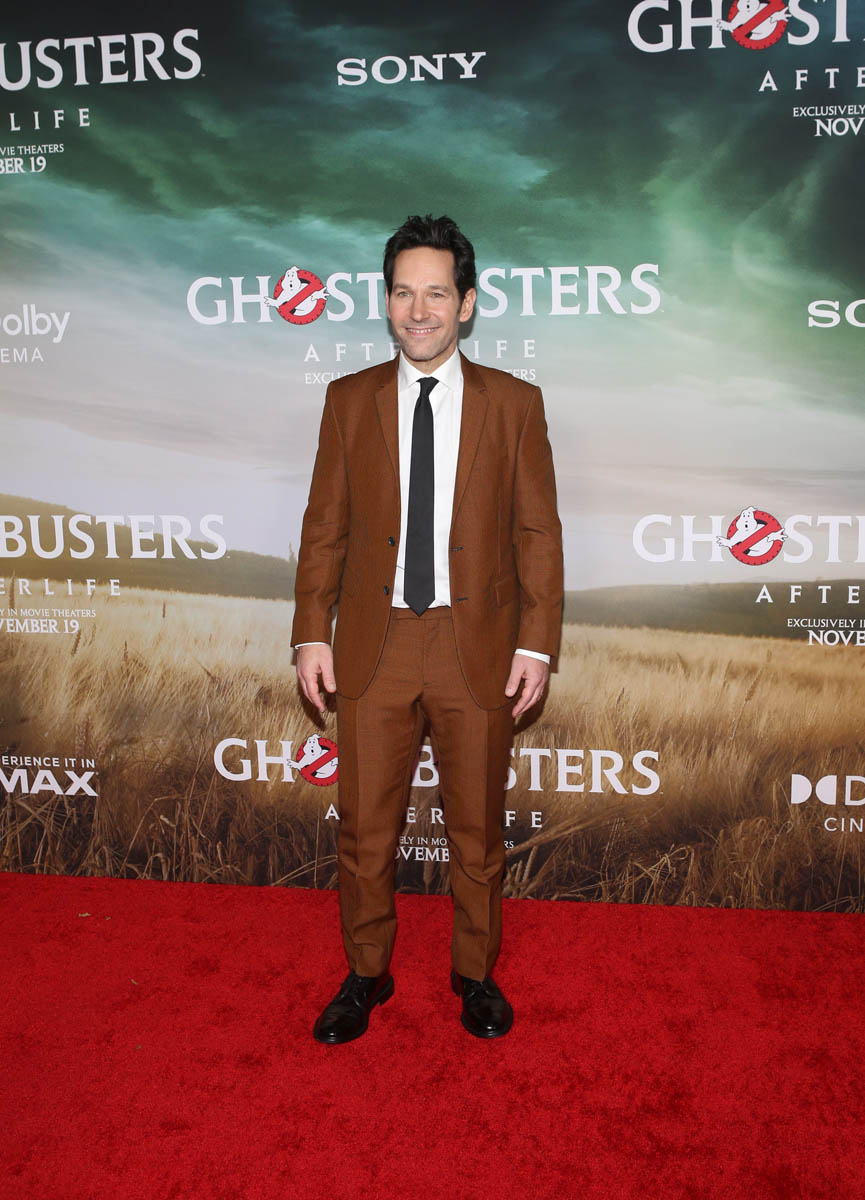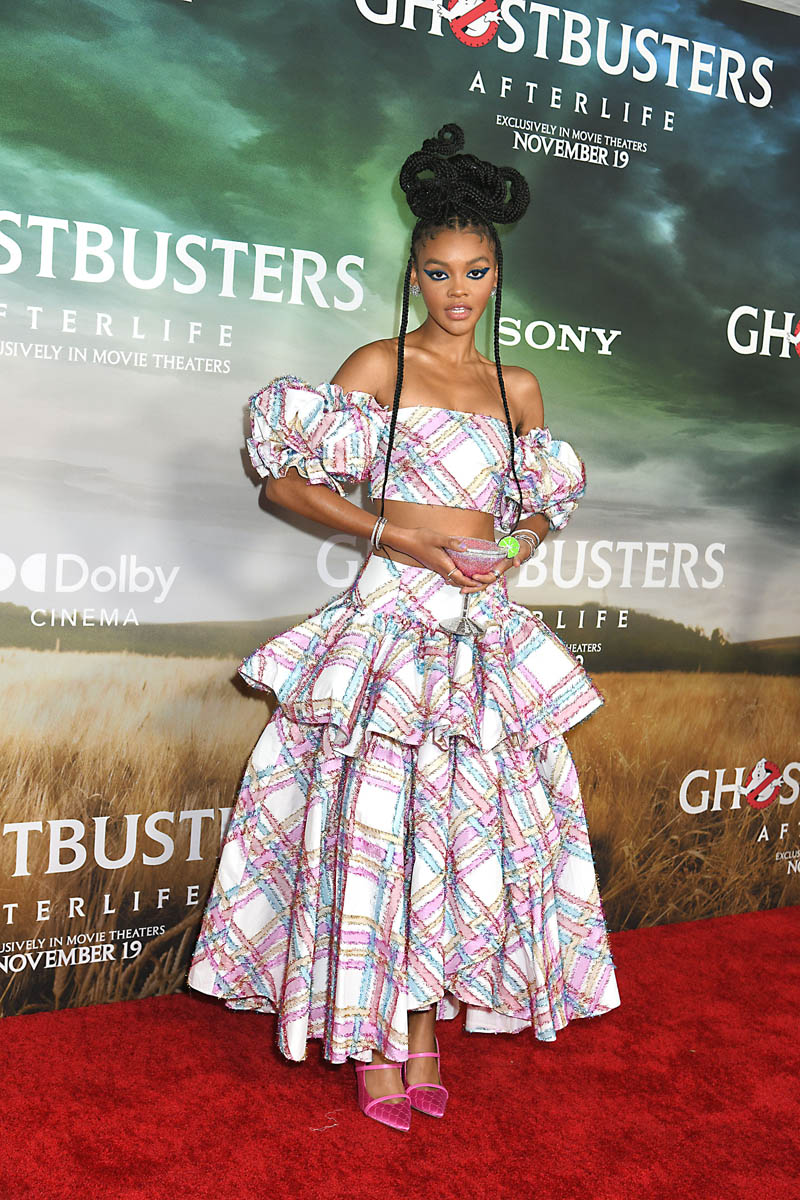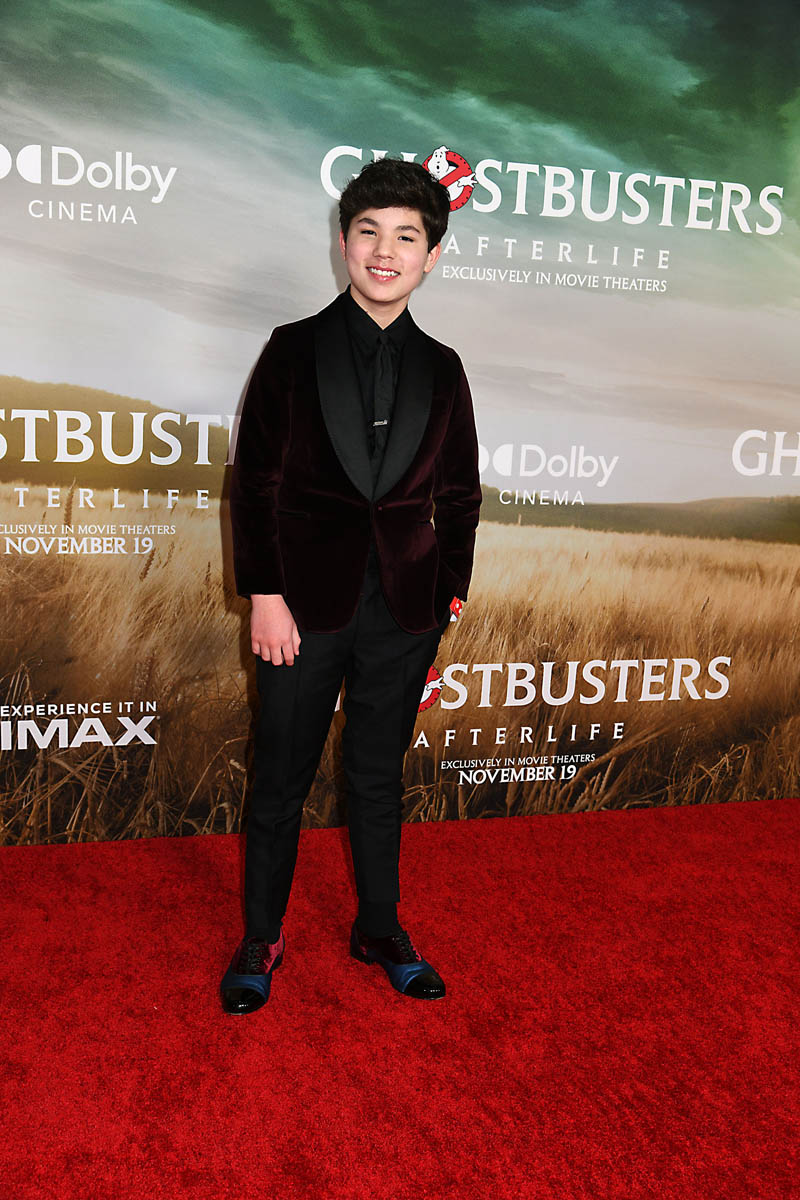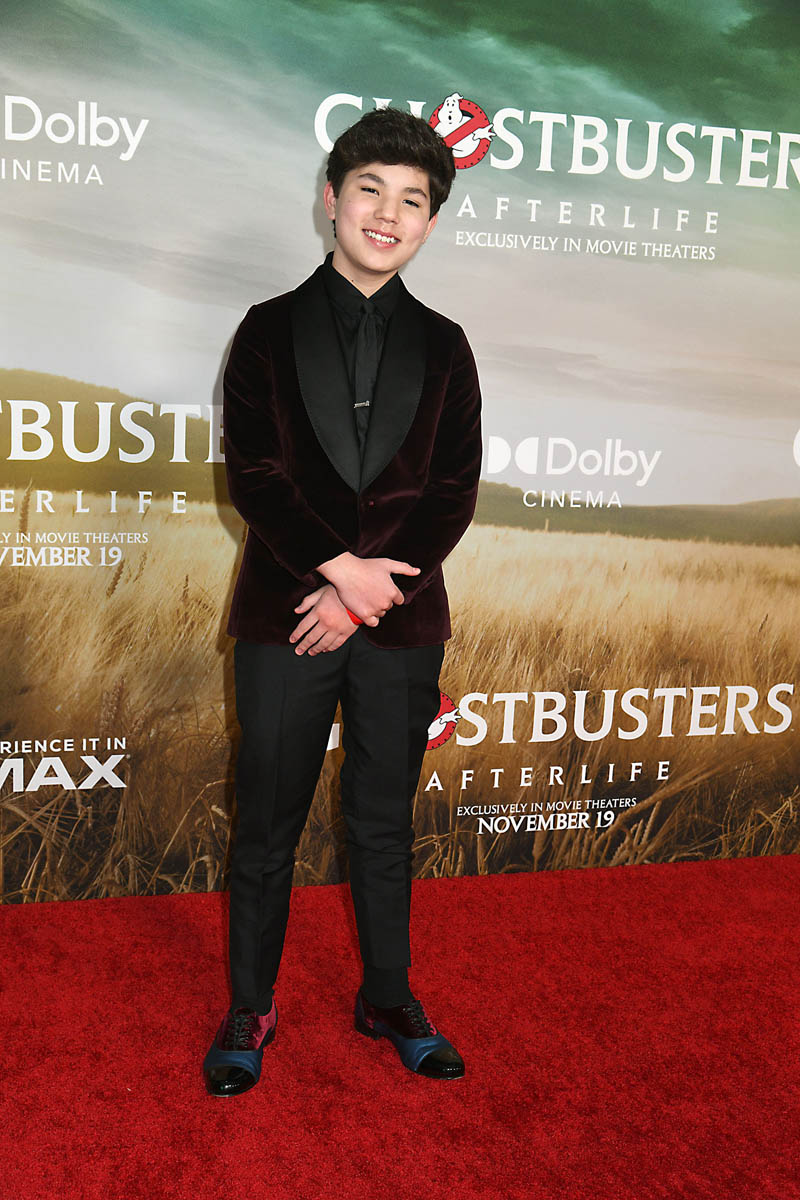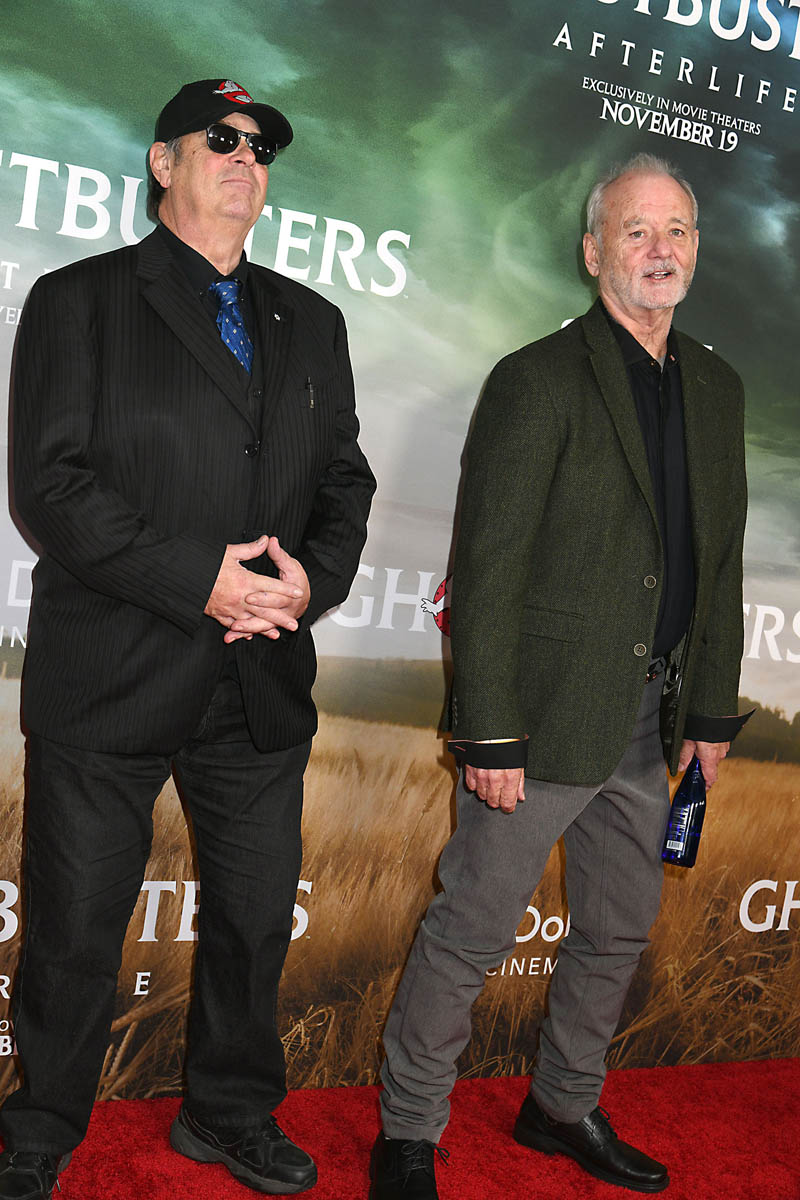Revisit the past in Ghostbusters: Afterlife



Ghostbusters: Afterlife is the third Ghostbusters movie that comes after the other third Ghostbusters movie which everyone involved with Ghostbusters would now like to disavow. Somewhat ironically, Afterlife is no better than Ghostbusters (2016)—now retitled Ghostbusters: Answer The Call—a highly divisive movie that, in a way, should have warned us about what was coming for us all later in 2016. Since Answer The Call is a reboot, though, and Afterlife is a proper threequel to Ghostbusters and Ghostbusters II, it actually does get to be THE third Ghostbusters movie, for whatever that’s worth. The people behind Ghostbusters would like you to think it’s worth a lot, the actual output of Ghostbusters post-the original would argue otherwise. Afterlife is a mixed bag, a dour and self-important spirit stepping on what could have otherwise been a charming, kid-friendly spooky adventure.
Afterlife is set in the present, thirty-odd years on from the events of the original two films. The events depicted therein have faded from popular memory and become something of an urban legend relegated to the annals of Youtube. The OG Ghostbusters have broken up, and the film opens with a man—it’s clearly Egon—fleeing from a spectral being in a rural setting. He doesn’t make it, though, and then we cut to a cramped apartment where we find mom Callie (Carrie Coon, securing her bag), teen son Trevor (Finn Wolfhard), and precocious tween Phoebe (McKenna Grace) getting evicted. As luck would have it though, Callie just inherited her estranged father’s farm in Oklahoma—they’re clearly Egon’s family, though the film will play coy about this for longer than is cute.
Shot in Alberta, Canada which looks nothing like Oklahoma, Afterlife’s change-of-pace setting is one of its most refreshing elements. Director Jason Reitman, son of OG Ghostbusters director Ivan Reitman, brings a Spielbergian charm to the early going of Afterlife that almost gets off the ground and goes somewhere interesting. Here we find the root of Ivo Shandor’s wealth that allowed him to build that apartment building in New York, an abandoned selenium mine. And here, too, we find strange goings-on at the old mine, including a genuinely creepy moment where a group of partying teens see…something…down in the mine. The look and feel of Afterlife are very good, and Reitman does a whizz-bang job with the mix of practical and CG effects, including some great matte painting and use of miniatures that marries the old and the new in a way that feels right for Ghostbusters, a nostalgic property being shoved ungracefully into the twenty-first century.
Where it starts to go wrong is all the fan service. Ghostbusters is a silly movie with a spooky premise that never loses sight of its silliness or spookiness, but time has imbued the film with a stature in pop culture that demands reverence from all who bow before it now. The 2016 reboot was condemned for starring women not being reverent enough, and now we’re saddled with an overly serious, overly deferential film that hits the breaks every three seconds to remind us of the original movies. The gloomy tone inevitably wrecks the potential for a spirited adventure flick in the vein of The Goonies, in which a group of kids take on a supernatural force to save their town. McKenna Grace shines as Phoebe, carrying far more of this film than she should have to, but doing it capably. Finn Wolfhard is less successful, mainly because his character is not written as well, and the other two kid actors, Celeste O’Connor as cool-girl Lucky, and Logan Kim as “Podcast”, fair even worse. Poor Kim doesn’t even get a character to play, just a series of annoying traits and an un-funny joke he literally hauls around for the entire film.
The only person who remembers that Ghostbusters is supposed to be funny is Paul Rudd as lackadaisical science teacher Gary Grooberson. He brings much needed charm and humor to the film, only to virtually disappear in the third act. But before he goes, he gets in a couple solid scenes with Grace that hint at what Afterlife could have been, if Reitman was allowed to move further from the originals and play in the wider spaces represented by a new setting and a new generation dealing with ghosts. Instead, Afterlife feels like someone at the studio was constantly pulling it back to center, afraid, perhaps after the catastrophe of 2016, to wander too far from comforting cinematic trinkets tossed to the fans. The end result is a self-serious film that will likely appease those fans who want their fandom venerated, but will prove unmemorable for everyone else.
Ghostbusters: Afterlife is now in theaters.

